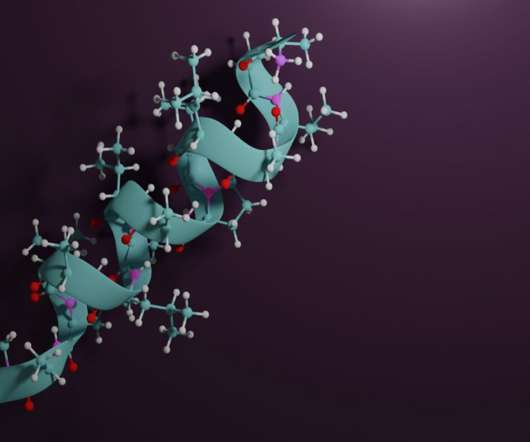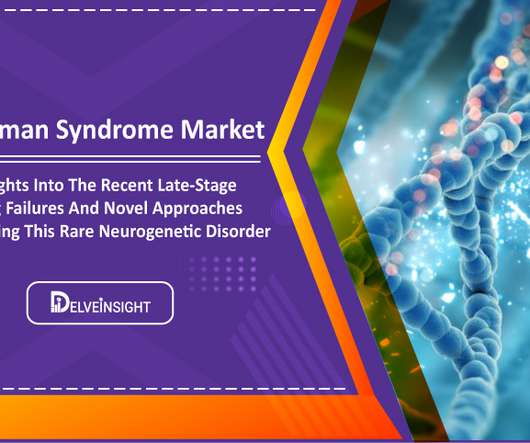What the Glycome Can Tell Us About Persistent HIV Infection
XTalks
AUGUST 12, 2020
Studies have identified the presence of two types of HIV-infected CD4+ T cells: ‘Transcriptionally inactive’ cells that do not typically produce viral RNA or viral proteins. Transcriptionally active’ cells in which HIV RNA is actively transcribed to make copies of the virus (despite long-term ART).













Let's personalize your content